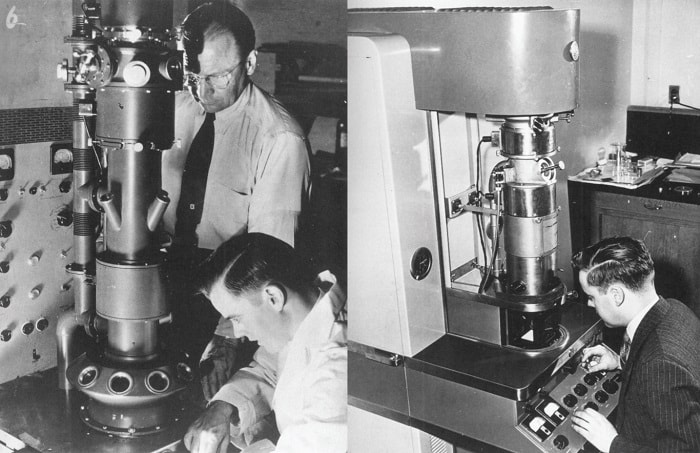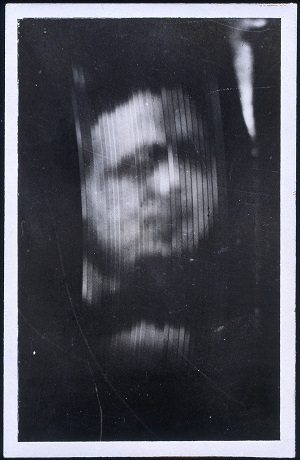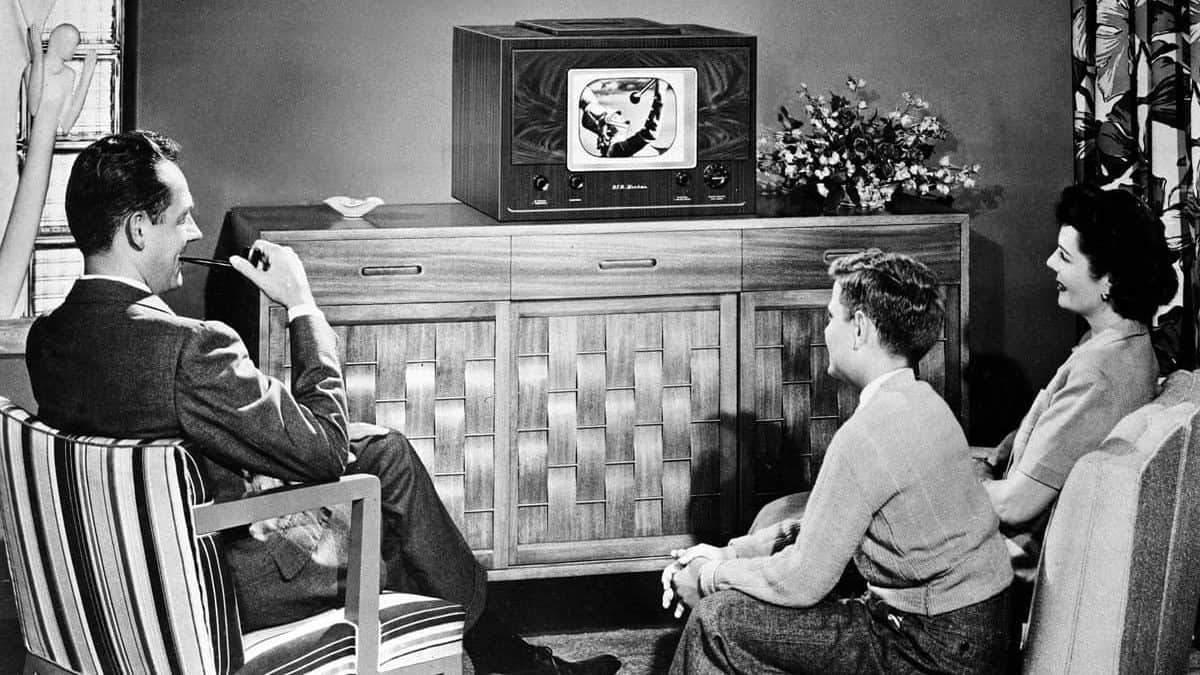In the 20th century, television has changed the lifestyle of hundreds of millions of people. The history of this invention is quite complicated. Dozens of scientists have contributed to the development of television. One of the most important pioneers was the Russian-born inventor Vladimir Zworykin, who also contributed greatly to the development of the electron microscope.
Who is Vladimir Zworykin?
Vladimir Zworykin was born in the town of Murom, which was part of the Russian Empire at the time. In his childhood, Zworykin was engaged in the installation and repair of electric doorbells on family-owned steam vessels. In 1912, he received an engineering degree from the St. Petersburg Institute of Technology. In this institute, one of Zworykin’s teachers, Borin Rosing (1869-1933), showed his student a project he was working on in secret. Rosing gave this invention the name “electric telescope,” which is one of the first names for television. In different countries, various scientists were contemplating the same project.

In fact, in 1908, in a letter published by Scottish engineer AA Campbell Swinton (1863–1930), the first thoughts on the “electric image” were summarized, that is using the cathode ray tube technology founded in 1897 by German physicist Karl Ferdinand Braun (1850–1928). The cathode ray tube was a glass tube that was deaerated, and the electron beam struck a flat screen. The inside of the screen was covered with chemical compounds known as phosphorus that radiate from the striking electrons.
Electromagnets placed around the tube controlled the direction of the electron beam (the television signals sent to the magnet allowed the beam to scan the screen in horizontal lines). It was possible to get a moving image by scanning the entire screen several times per second and changing the density of the electron beam. Swinton never implemented the system he developed. Although Rosing was a pioneer, his system was rude and clumsy. That’s why it was never implemented.
Iconoscope and the electron microscope

In 1919, during the civil war in Russia after the Bolshevik Revolution, Zworykin emigrated to the United States. Within a year, he started working for Westinghouse Electric and Manufacturing in Pittsburgh. In 1923, he filed a patent application for his work on television, where he spent most of his spare time. Zworykin’s system consisted of two cathode-ray tubes, one for displaying images and the other for the cameras.
The light inside the television camera was falling on the screen of the cathode ray tube. This screen was covered with photosensitive dots made of potassium hydride instead of phosphorus. As with the image tube, an electron beam scanned the screen, and each light-sensitive point produced a signal based on the brightness of the image at that point.
In 1925, Vladimir Zworykin, who applied for an improved patent, showed the television system to his employers at Westinghouse. Employers were not impressed by this experiment due to the poor quality and stationary images. But when Zworykin presented the device to the Radio Corporation of America (RCA) in 1929, it received a much more positive response. Zworykin’s camera, later called the iconoscope, would become the standard tool for producing television images. Zworykin advanced this technology further at RCA. In 1939, the company exhibited the device at the New York World’s Fair, and in 1941 RCA began regular television broadcasting in the United States.
Zworykin’s work on the electron microscope stems from his rich experience of images and electrons. In 1938, Zworykin began working with Canadian electronics engineer James Hillier (1915-2007) and developed the electron microscope, which was initially invented in Germany in the early 1930s. In this device, the sample was scanned by the electron beam, in contrast to the earlier cathode ray tube. In 1940, for the first time, Zworykin’s team achieved a magnification of more than 100,000 times. This was a giant step in the field of technology.
In addition to his work on television and electron microscopy, Zworykin developed infrared “night vision,” “electric eye” security systems, and missile guidance systems. He took a total number of 120 patents in the USA.
Pioneers of television

Vladimir Zworykin spent much of the 1930s engaged in the long patent war between the Radio Corporation of America (RCA) and another inventor of television, the American Philo T. Farnsworth (1906-1971). Farnsworth won it, and it cost RCA. Another important name in the development of the electronic television system was the Hungarian inventor Kalman Tihanyi (1897–1947). Tihanyi’s work was of great importance for the development of Zworykin’s iconoscope display device. Besides all electronic-based systems, another system developed in the field of television was electromechanical. In 1924, Scottish inventor John Logie Baird made the first television transmission, and the first television picture was of Baird’s partner (photo above). Instead of electron beams that scan the inside of a cathode ray tube, rotating discs with spiral openings were used to produce images in Baird’s device.
Although the first television broadcasts were made using electromechanical systems to some extent, electronic television eventually won the race.
Quotes
- “Imposing limitations on yourself is cowardly because it protects you from having to try, and perhaps failing.”
- “I didn’t even dream it would be so good. But I would never let my children come close to the thing.”
- “It is what you are inside that matter. You, yourself, are your only real capital.”
- “You can enjoy encouragement coming from outside, but you cannot need for it to come from outside.”


